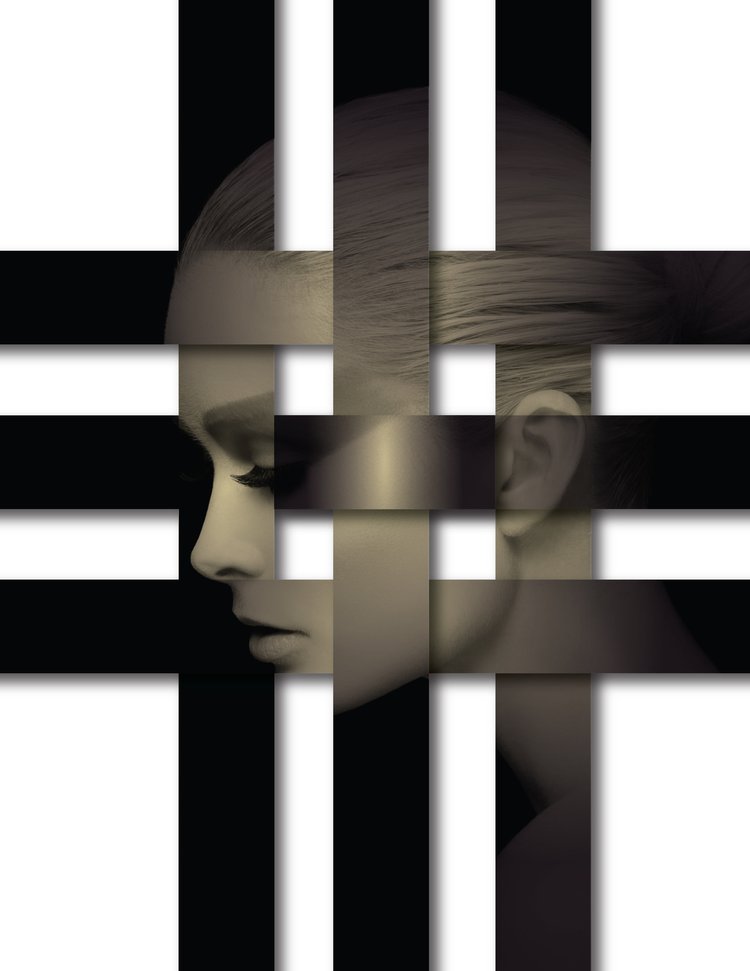Did you hear what the Oregon shooter said?
"This is the only time I'll ever be in the news, I"m so insignificant!"
If a child grows up and feels they have no chance for success in life they can grow up and become our worst nightmare. On the other hand, if we make our children feel special it can have a profound impact on their lives and lead to greatness.
I know a lot of my friends are tired of my posts about Future American President, but the reason why I created this project is to help children feel important. In How To Win Friends and Influence People, Dale Carnegie speaks about the importance of feeling special. If a child feel special the gun issue would be a concern. I believe when a child grows up feeling special it can lead to a great future. The dangerous part is what can happen when a child grows up feeling worthless. Guess how the Oregon shooter felt about himself.
To inspire a child, it doesn't have to be our child, it can be a neighbor or a friend's child, but we all need to encourage kids to believe they have possibilities. I named my book project Future American President not because I was looking for children who want to become the president one day. I use the word president as a metaphor for greatness because if a child grows up believing they can become the president, they believe they can do anything in life.
To an adult, a picture of a child may just be a cute picture, but to the child it's a vision of themselves and endless possibilities.
Caption: Future American President
Caption: Future American President
If you believe in this message then please pledge 1 dollar today as a symbol to let others know this message is important and worth spreading. You can pledge here.
Caption: Future American President
Caption: Future American President
We have only 7 days left to bring this project to life. If it doesn't hit its 10K goal then this project will go away forever and no more books will be printed. However, we have a chance to make an impact on a child and keep them from feeling the way the Oregon shooter felt. Today you can make a difference. Please join us in bringing this project to life.
For each person who makes a pledge I will give a public thank you mentioning your name on Facebook, on my podcast and on my daily Periscope broadcasts.
Pledge here: http://kck.st/1UOLOn0
Make a child feel special here: http://kck.st/1UOLOn0
Always dream big,
Matthew


















